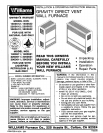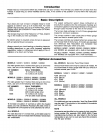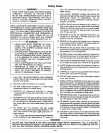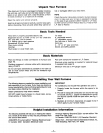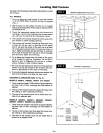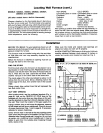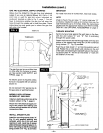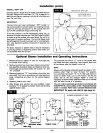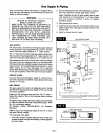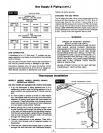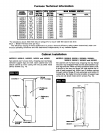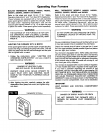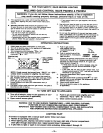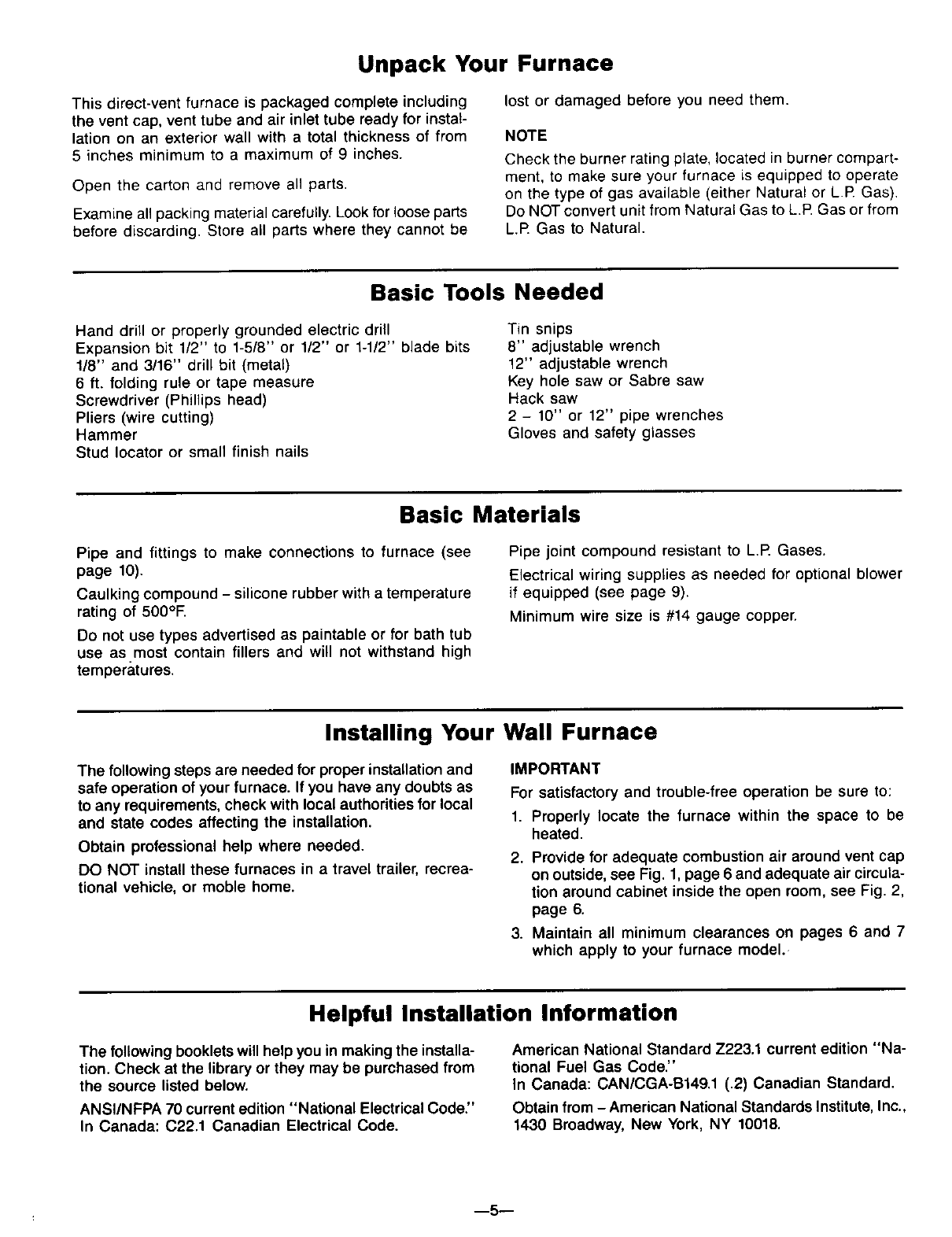
Unpack Your Furnace
This direct-vent furnace is packaged complete including
the vent cap, vent tube and air inlet tube ready for instal-
lation on an exterior wall with a total thickness of from
5 inches minimum to a maximum of 9 inches.
Open the carton and remove all parts.
Examine all packing material carefully. Look for loose parts
before discarding. Store all parts where they cannot be
lost or damaged before you need them.
NOTE
Check the burner rating plate, located in burner compart-
ment, to make sure your furnace is equipped to operate
on the type of gas available (either Natural or L IR Gas).
Do NOT convert unit from Natural Gas to L.R Gas or from
L.R Gas to Natural.
Basic Tools Needed
Hand drill or properly grounded electric drill
Expansion bit 1/2" to 1-5/8" or 1/2" or 1-1/2" blade bits
1/8" and 3/16" drill bit (metal)
6 ft. folding rule or tape measure
Screwdriver (Phillips head)
Pliers (wire cutting)
Hammer
Stud Iocator or small finish nails
Tin snips
8" adjustable wrench
12" adjustable wrench
Key hole saw or Sabre saw
Hack saw
2 - 10" or 12" pipe wrenches
Gloves and safety glasses
Basic Materials
Pipe and fittings to make connections to furnace (see
page 10).
Caulking compound - silicone rubber with a temperature
rating of 500°E
Do not use types advertised as paintable or for bath tub
use as most contain fillers and will not withstand high
temperatures.
Pipe joint compound resistant to L.IR Gases.
Electrical wiring supplies as needed for optional blower
if equipped (see page 9).
Minimum wire size is #14 gauge copper.
Installing Your Wall Furnace
The following steps are needed for proper installationand
safe operation of your furnace. If you have any doubts as
to any requirements, check with local authorities for local
and state codes affecting the installation.
Obtain professional help where needed.
DO NOT install these furnaces in a travel trailer, recrea-
tional vehicle, or moble home.
IMPORTANT
For satisfactory and trouble-free operation be sure to:
1. Properly locate the furnace within the space to be
heated.
2. Provide for adequate combustion air around vent cap
on outside, see Fig. 1, page 6 and adequate air circula-
tion around cabinet inside the open room, see Fig. 2,
page 6.
3. Maintain all minimum clearances on pages 6 and 7
which apply to your furnace model.
Helpful Installation Information
The following booklets will help you in making the installa-
tion. Check at the library or they may be purchased from
the source listed below.
ANSI/NFPA 70 current edition "National Electrical Code."
In Canada: C22.1 Canadian Electrical Code.
American National Standard Z223.1 current edition "Na-
tional Fuel Gas Code."
In Canada: CAN/CGA-B149.1 (.2) Canadian Standard.
Obtain from - American National Standards Institute, Inc.,
1430 Broadway, New York, NY 10018.
--5--



